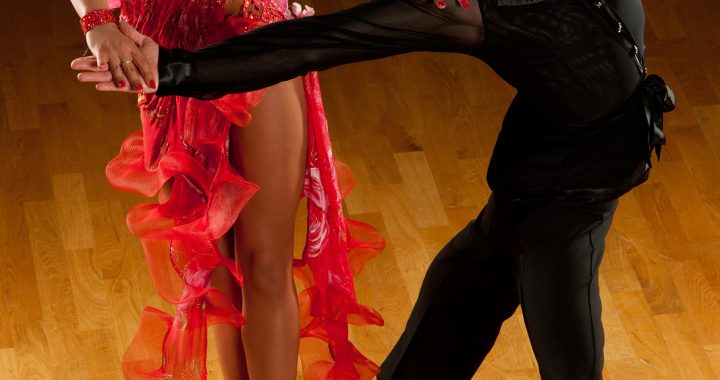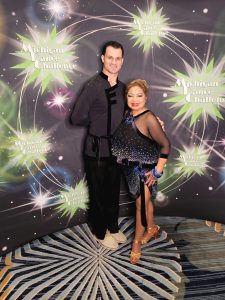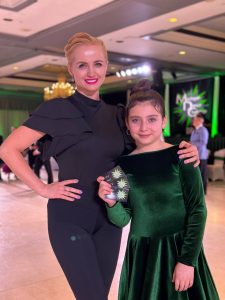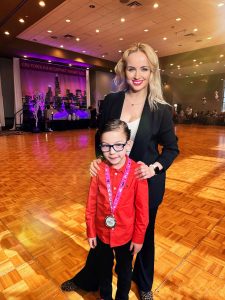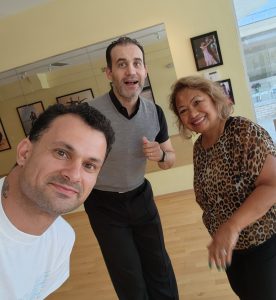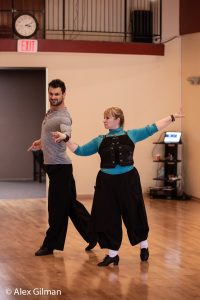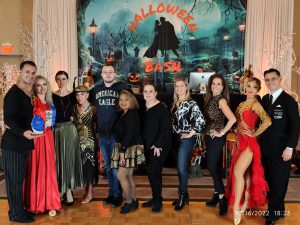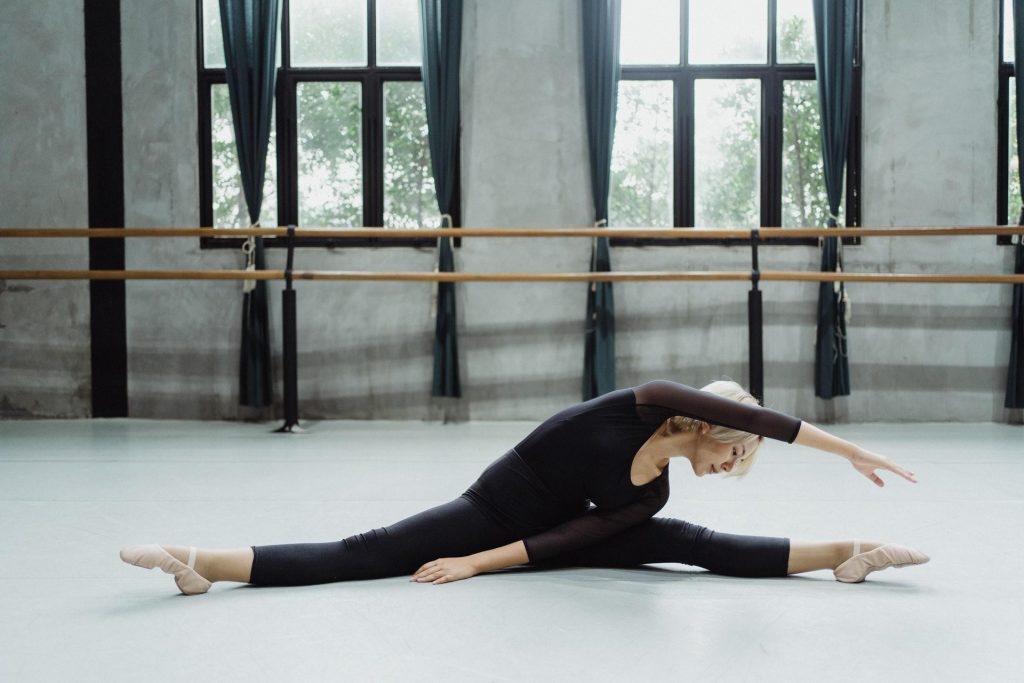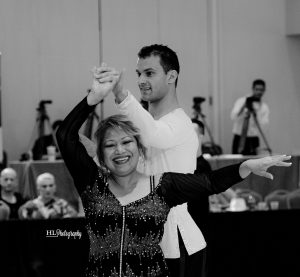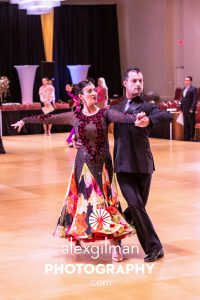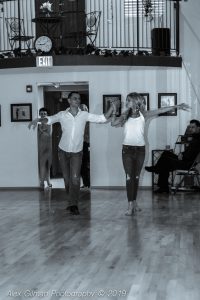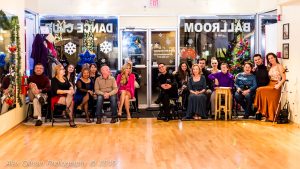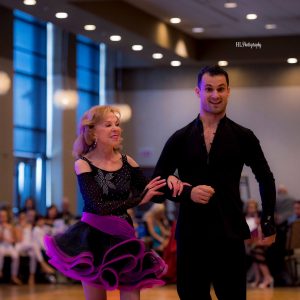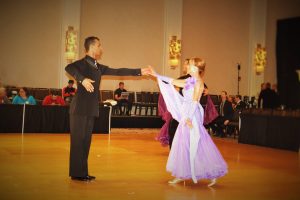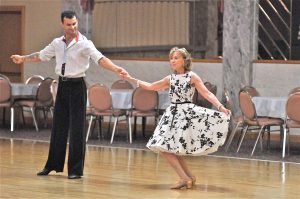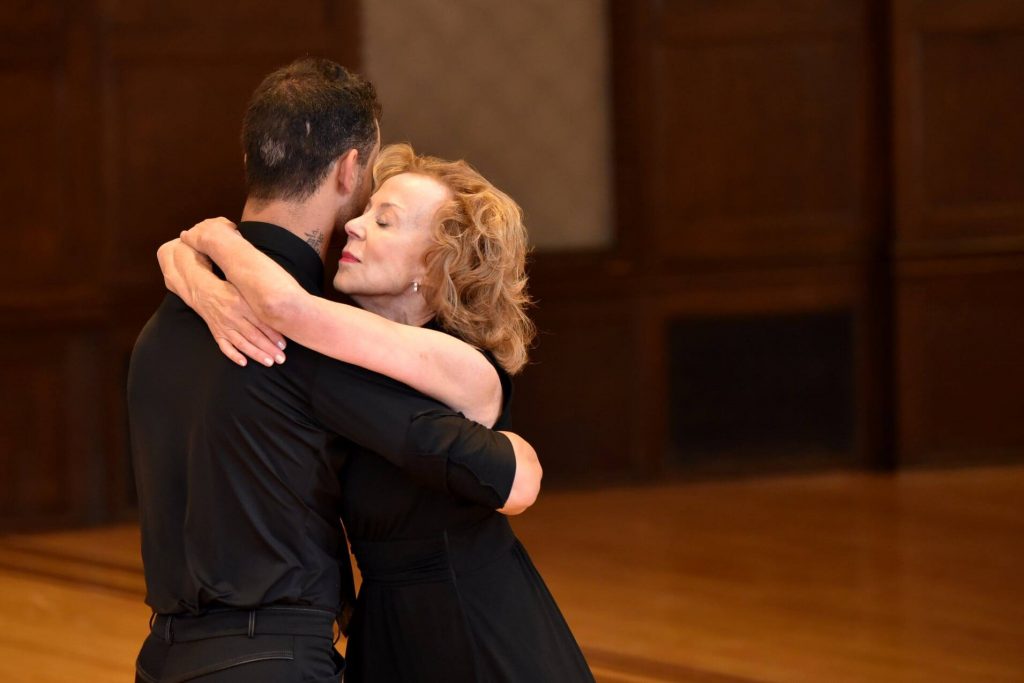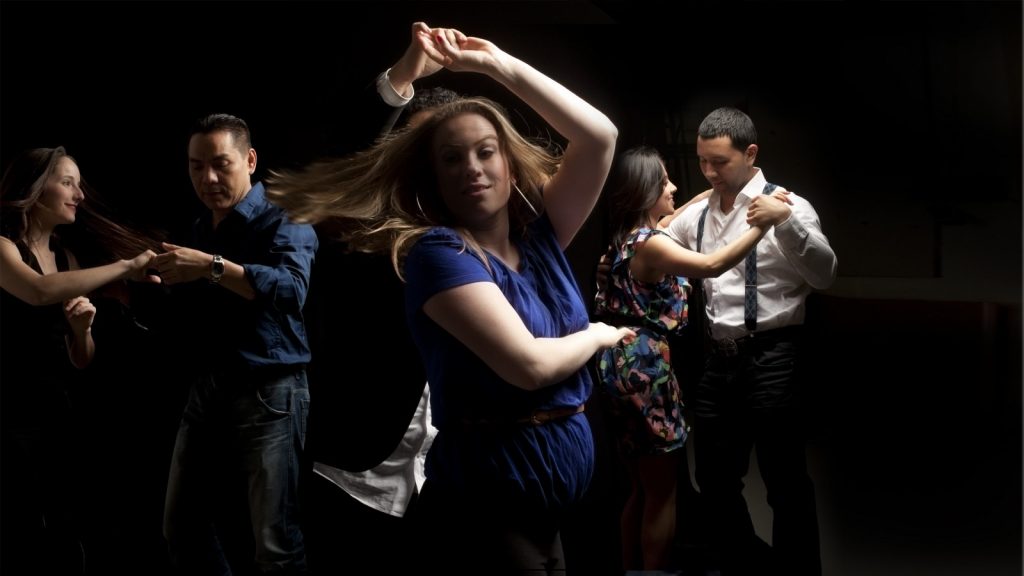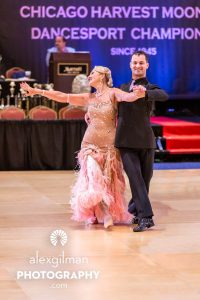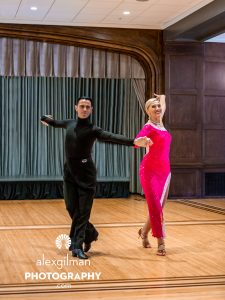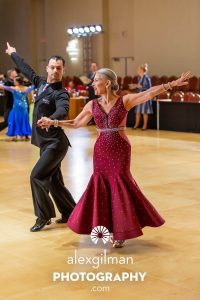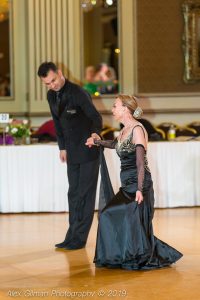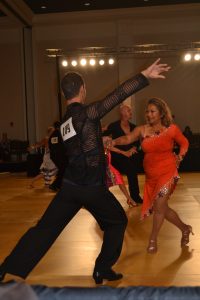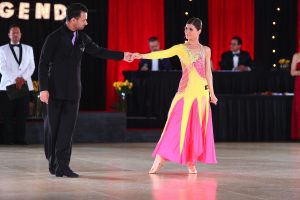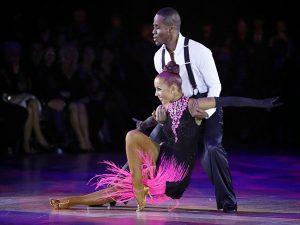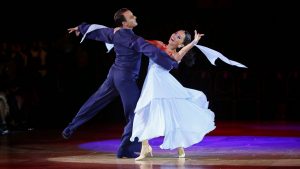Ballroom dancing is a unique sport that offers a range of benefits that other sports cannot match. In this particular article we will focus on price difference between ballroom dancing and other sports:
Ballroom dancing is generally less expensive than other sports like tennis, basketball, and baseball. For example, according to a Bravo TV article, the cost of one-on-one training for ballroom dancing as well as tennis ranges from $100 to $250 per lesson.
According to a survey conducted by Project Play, the average annual cost for basketball training is similar to ballroom dancing. However, the cost of training can vary depending on the level of the player, where you reside, and the trainer. For example, the cost of one-on-one basketball training can range from $100 to $250 per session. Similarly, the cost of baseball training can also vary depending on the level of the player and the type of training. Similarly, the cost of basketball and baseball equipment can be quite high, especially if you’re looking for high-quality gear.
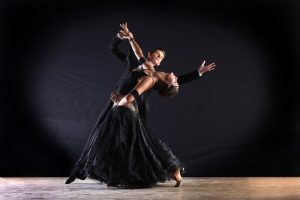
Proper high-end dance shoes are essential for ballroom and Latin dancing. They provide the necessary support, flexibility, and comfort that dancers need to perform at their best. In fact, many professional dancers consider their shoes to be the most important piece of equipment they own.
While dance shoes can be expensive, they are a worthwhile investment for anyone who is serious about ballroom and Latin dancing. According to a DanceShopper article, the cost of ballroom and Latin dance shoes can range from $90 to over $150 depending on the style and brand. However, high-end dance shoes can cost over $250 per pair. While this may seem like a lot of money, it’s important to remember that dance shoes are designed to last for a long time and provide the necessary support and comfort that dancers need.
In comparison, the gear needed for other sports can be quite expensive as well. For example, according to a Rookie Road article, the cost of basketball training can range from $100 to $300 per session. Similarly, the cost of baseball training can also vary depending on the level of the player and the type of training. Additionally, protective gear such as headgear, gum shields, shin pads, shoulder pads, and joint supports can be quite expensive.
Given these costs, it’s clear that investing in high-quality dance shoes is a smart choice for anyone who is serious about ballroom and Latin dancing. Not only do they provide the necessary support and comfort, but they can also help prevent injuries and improve your overall performance.
Practice dance wear for ballroom and Latin dancing can be expensive. According to a DanceShopper articles, the cost of ballroom and Latin dance practice wear can range from $50 to over $250 depending on the style and brand. However, investing in high-quality practice wear is essential for anyone who is serious about ballroom and Latin dancing. Good quality practice wear provides the necessary comfort, flexibility, and support that dancers need to perform at their best.
In comparison, the gear needed for other sports can be quite expensive as well. Similarly, the cost of baseball training can also vary depending on the level of the player and the type of training. Additionally, protective gear such as headgear, gum shields, shin pads, shoulder pads, and joint supports can be quite expensive.
Ballroom gowns are an essential part of ballroom dancing and can be quite expensive. However, high-end ballroom gowns can cost $4000 or more. While this may seem like a lot of money, it’s important to remember that ballroom gowns are designed to last for a long time and provide the necessary support and comfort that dancers need.
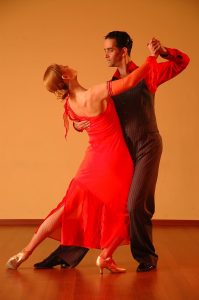
Yes, ballroom and Latin dancing cost, but they are many reasons why that’s the case.
Physical Benefits: Ballroom dancing is a great way to stay in shape and improve your overall health. It can help you build muscle, improve your flexibility, and increase your endurance. Additionally, ballroom dancing is a low-impact activity that is easy on your joints, making it a great option for people of all ages and fitness levels.
Mental Benefits: Ballroom dancing is also great for your mental health. It can help reduce stress, improve your mood, and boost your cognitive function. In fact, a 2016 study published in Frontiers in Aging Neuroscience found that ballroom dancing can help prevent the onset of dementia in elderly patients.
Social Benefits: Ballroom dancing is a social activity that can help you meet new people and make new friends. It’s a great way to connect with others who share your interests and passions.
Given these benefits, it’s clear that ballroom dancing is a great choice for anyone looking to get in shape, improve their mental health, and make new friends. So why not give it a try? You might just be surprised at how much you enjoy it! 💃🕺
Aleksandar Bonev
North Shore Dance Society – Glencoe
#dance
#danceacademy
#dancestudio
#danceschool
#dancer
#dancing
#dancestyle
#danceclass
